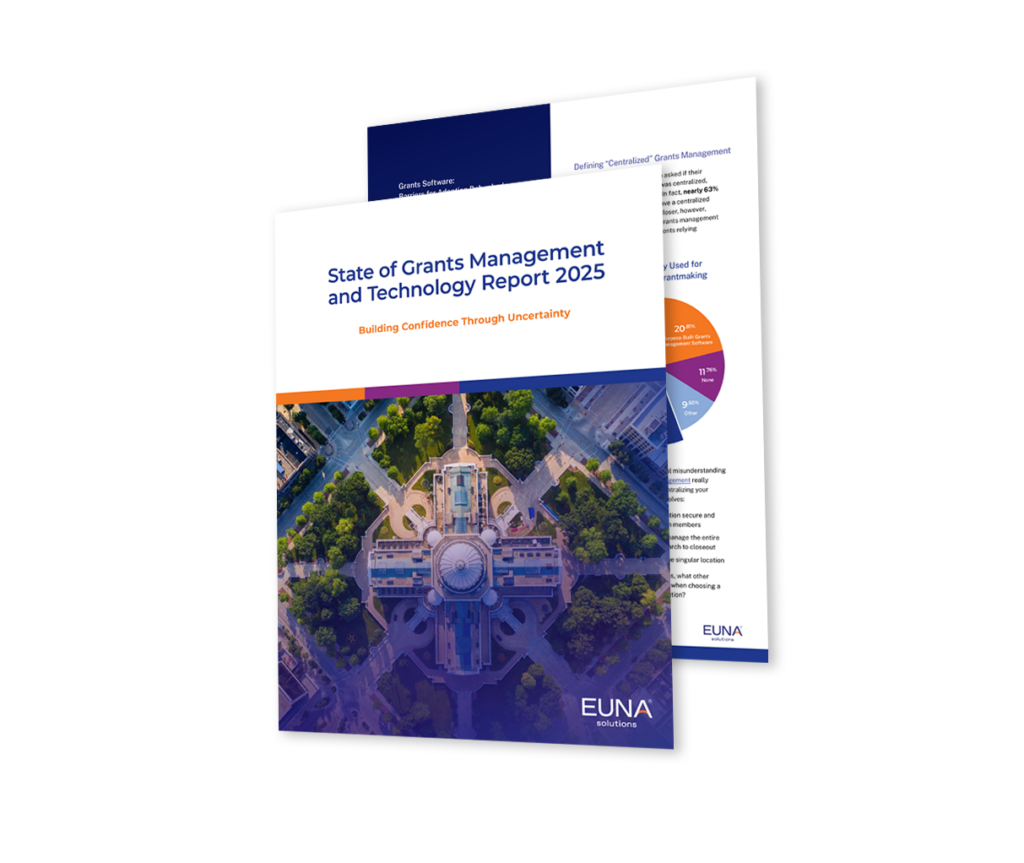For school districts across the country, supporting English language learners (ELLs) is both a legal obligation and a moral imperative. But for under-resourced teams, it often feels like a never-ending cycle of forms, deadlines, and documentation. Ensuring that ELL students receive the services they’re entitled to—while meeting complex state and federal requirements—can feel overwhelming. The good news? With the right strategies and tools, compliance doesn’t have to be a burden. In fact, it can become a foundation for delivering better instruction, improved communication with families, and greater academic achievement for multilingual students.
Understanding the Challenge
English Language Learner (ELL) coordinators and educators are tasked with ensuring that students who speak many different languages receive instruction tailored to their needs—often with very few resources. From creating individualized plans to tracking English language proficiency, the workload can grow rapidly. Traditional tools like spreadsheets and paper forms leave too much room for error—and not enough time to focus on meaningful instruction.
When compliance is purely manual, schools risk:
- Missing required services and deadlines
- Losing documentation needed for audits
- Failing to provide annual notices to parents in their home language
And most importantly, ELL students risk falling behind their native English-speaking peers—not because of ability, but because of systemic inefficiencies.
What Compliance Should Enable
True compliance is not just about checking boxes. It’s about building a strong foundation for student success. A well-managed ELL program gives teachers, administrators, and families the clarity they need to support students learning a second language.
With the right support, compliance workflows can:
- Ensure that English learners receive timely services and instruction
- Provide parents with transparent updates in their native language
- Help teachers track and respond to student progress
- Allow schools to analyze plan effectiveness at scale
Common Compliance Pitfalls
Most schools face similar challenges in their ELL programs:
- Staff often find themselves re-entering the same information into multiple systems due to disconnected tools
- Annual notices may be manually printed, mailed, or missed altogether because of time constraints
- Teachers may lack clear access to student language data, especially when it’s stored in scattered systems
- Translations are frequently handled on a case-by-case basis, which can lead to delays or inconsistencies—not for lack of effort, but due to workload and limited tools
In transitional bilingual education models or mainstream ESL settings, these breakdowns can directly impact student outcomes. If a student is not accurately assessed for English proficiency or doesn’t receive appropriate instruction, their ability to learn both English and core content is compromised.
A Simpler Approach to ELL Compliance
Modern ELL programs need to be lean, flexible, and built for teams that are doing more with less. Districts should look for solutions that:
- Automate compliance documentation like annual notices, parent opt-outs, and service logs
- Bulk-send forms in 100+ languages so every family is informed
- Track services and accommodations to avoid gaps
- Standardize plans and workflows across buildings to eliminate guesswork
For teachers in the classroom, this means less time chasing forms and more time using visual aids, guided reading strategies, and differentiated writing supports to meet students where they are. For students, it means faster access to language supports and better integration into classes taught in English.
From Paperwork to Progress
When compliance becomes embedded in daily workflows rather than an extra burden, ELL students benefit. They receive timely instruction aligned to their needs, and teachers can focus on strategies that improve grammar, expand vocabulary, and strengthen reading comprehension.
Even more, schools can better analyze trends in English language learning, tailor bilingual programming, and ensure English language support is equitable across all student populations.
Looking Ahead
In today’s educational environment, we can’t afford to treat compliance as an afterthought—or as an obstacle. When done right, it becomes a gateway to better systems, stronger relationships with parents, and more empowered teachers.
Euna Special Ed’s ELL module is designed specifically for under-resourced teams—providing a straightforward, compliance-first approach that simplifies documentation, strengthens communication, and supports the success of English learners.
Contact us to learn how you can bring clarity and confidence to your ELL program.
Read the next blog in our ELL series.

